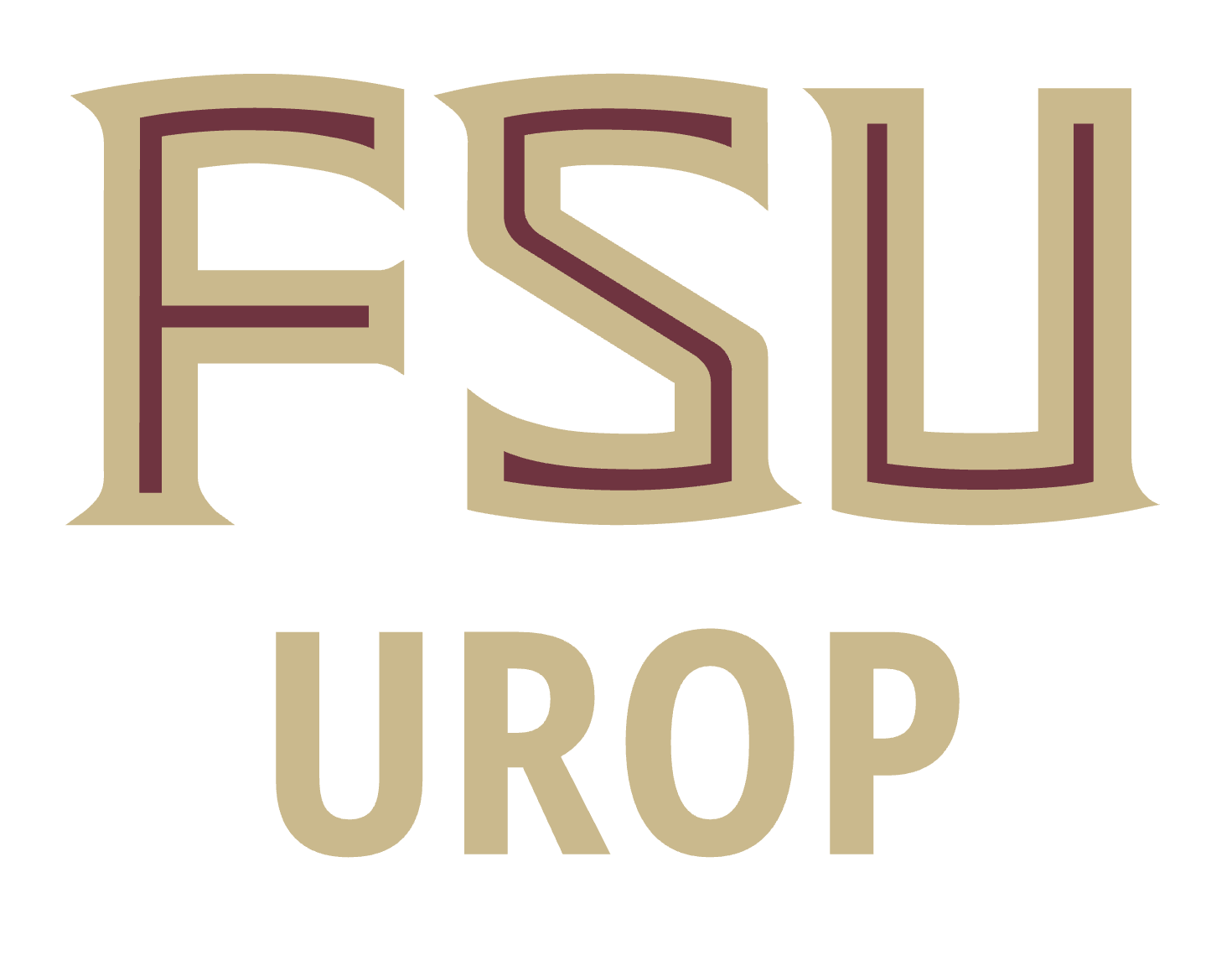UROP Project
Learning from paper wasp: 3D printing woody biomass
Biomimetics; biomass; cellulose; 3D printing; material processing

Research Mentor: Yimin Mao, Prof.
Department, College, Affiliation: Chemical and Biomedical Engineering, FAMU-FSU College of Engineering
Contact Email: yimin.mao@eng.famu.fsu.edu
Research Assistant Supervisor (if different from mentor):
Research Assistant Supervisor Email:
Faculty Collaborators: Sharma, Anamika Prof.
Faculty Collaborators Email: anamika.sharma@famu.edu
Department, College, Affiliation: Chemical and Biomedical Engineering, FAMU-FSU College of Engineering
Contact Email: yimin.mao@eng.famu.fsu.edu
Research Assistant Supervisor (if different from mentor):
Research Assistant Supervisor Email:
Faculty Collaborators: Sharma, Anamika Prof.
Faculty Collaborators Email: anamika.sharma@famu.edu
Looking for Research Assistants: Yes
Number of Research Assistants: 2
Relevant Majors: Chemical Engineering, Biomedical Engineering, Materials Sciences and Engineering, Chemistry, Physics, Bioengineering, mechanical engineering, civil engineering
Project Location: FAMU-FSU College of Engineering
Research Assistant Transportation Required: School shuttle Remote or In-person: In-person
Approximate Weekly Hours: 8, Flexible schedule (Combination of business and outside of business. TBD between student and research mentor.)
Roundtable Times and Zoom Link:
Not participating in the roundtable
Number of Research Assistants: 2
Relevant Majors: Chemical Engineering, Biomedical Engineering, Materials Sciences and Engineering, Chemistry, Physics, Bioengineering, mechanical engineering, civil engineering
Project Location: FAMU-FSU College of Engineering
Research Assistant Transportation Required: School shuttle Remote or In-person: In-person
Approximate Weekly Hours: 8, Flexible schedule (Combination of business and outside of business. TBD between student and research mentor.)
Roundtable Times and Zoom Link:
Not participating in the roundtable
Project Description
Cellulose is one of the major components in plant cell walls, primarily in that of wood, playing a critical role analogous to scaffolding steels in concrete, maintaining plant cells’ mechanical properties. Human beings have been utilizing wood since the primary stage of civilization, however, until now our ways of using wood materials are not much different from our ancestors, mostly relying on macroscopic materials processing, such as cutting, drilling, lathing, and assembling, etc. The fundamental difficulty lies in that cellulose cannot be melted as can be done for metals and dissolved as for synthetic polymers, which significantly limits its processability.Paper wasps are nature-born masters of material engineering and architecture. They use wood to build their nests in a completely different way: paper wasps peel off wood fibers using their mouthparts; chew the fibers with the presence of saliva, and bit by bit build their nests with the pulp. The entire process resembles 3D printing in modern technology, apart from the fact that the starting material is wood, which has never been processed in such a creative way.
We will employ the principle of biomimetics, aiming at learning from how paper wasps make nests; examining hierarchical structures of their nest material (from macroscopic down to atomic scale); developing eutectic mixture solvents mimicking paper wasp saliva; and printing 3D objects using cellulose pulp. This is interdisciplinary research combining chemical engineering, materials science and engineering, and entomology. Close collaboration with entomologist at FAMU will be conducted throughout the project.
Research Tasks: A) Materials characterization of paper wasp nest
- Optical microscopy
- Tensile stress measurement
B) Sample preparation: 1) cellulose pulp; 2) 3D printing
C) Data analysis and presentation
Skills that research assistant(s) may need: Motivation is THE most critical skill. General lab operation skills are recommended but not required. Students will be trained with the needed skills during the project.
Mentoring Philosophy
A) Task Modularization. Mentor and the student will discuss to understand the nature of the problem and divide a "big" problem into small pieces each manageable and with foreseeable boundary, allowing the student to see progress throughout the project. Students will feel achieved during the course and will have a presentable package when wrapping up the project.B) Working smart. The students will NOT be asked to conduct matrix experiments with multiple control parameters varying; rather, mentor will discuss with the student, identifying the key question that needs to be addressed, and performing critical experiments to attack.
C) Learning by doing. The students will be encouraged to perform educated trial experiments to help understand the nature of the problem or test their hypothesis. Discussion with mentor is always encouraged, to avoid students “overthink”.

